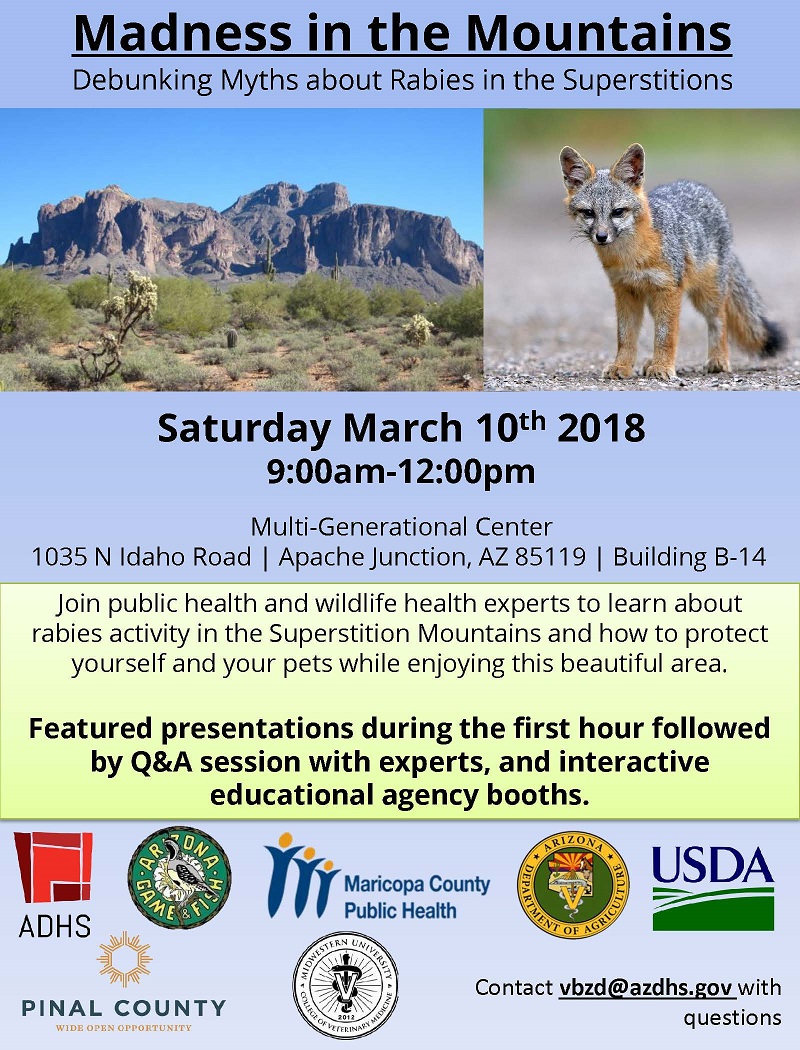In less than a month (Nov. 4) thousands of people from a variety of response agencies will be testing their plans and coordinating response efforts for the Vigilant Guard exercise- which will allow us to practice what we would do during a disaster. One of our main tasks will be medical surge management. Medical surge is the influx or surge in people seeking medical care during an emergency or disaster. Hospitals deal with medical surge every year during flu season, but the medical surge one would expect after a catastrophic event poses unique challenges.
During the exercise, staff in our Health Emergency Operation Center will be working with county, tribal, state, and hospital partners to manage medical surge. There are several key things we can do. Through the Hospital Preparedness Program grant, we’ve equipped hospitals and clinics with communications equipment and IT systems. Hospitals can use these systems to communicate with local and state partners during a disaster. These systems are also used to conduct “bed polls”, which let county, state, and federal agencies know how many hospital beds are available across Arizona. Another way we manage medical surge is through licensing waivers, which allow a facility to temporarily increase the number of patients in can serve. Staff from our licensing shop is on hand during exercises and real world responses to assist health care facilities, and issue waivers if necessary.
Another way to manage medical surge is to bring in additional resources such as medical supplies and qualified health care workers. In a disaster situation, staff from our public health emergency preparedness shop would work with federal partners to bring in medical supplies and pharmaceuticals from the Strategic National Stockpile and volunteer health professionals would be brought in through the Arizona Emergency System for the Advanced Registration of Volunteer Health Professionals (AZ ESAR-VHP) program.
As an aside, the Center for Biosecurity published the Rad Resilient City fallout preparedness checklist, which incorporates federal guidance and technical reports into seven steps that communities can take now to protect themselves from radioactive fallout. Just sayin’… the above document might be a good thing to know in early November.












A video I made of the 2011 Vigilant Guard Arizona:
http://www.youtube.com/watch?v=jhc35m5f8HQ&feature=context&context=C31c8edbUDOEgsToPDskItI5wCBXb0xRAydQG86RQu